Hey PLAY People,
However much we understand that a toddler biting another child is not unusual, the conversation with parents when their child has bitten or been bitten is a tricky one.
This helpful article is one of a few great resources we have on The PLAYlist, all about biting. Check out the other resources available:
Model Letter To Parents and Carers About Biting - CLICK HERE
Understanding How Children Bite - A Toolkit For Parents - CLICK HERE
Or check out my online training course: “Why Do Children Bite?” - CLICK HERE
“We’ve Got A Biter!”
By Dr. Alistair Bryce-Clegg
Ways to support children, families and your team when a child bites
When a child bites someone, it is difficult for everyone.
The parents of the child who bit might feel upset or embarrassed that their little one has hurt someone. The family of the child who has been bitten might feel angry, upset or worried that they might be hurt again. And as practitioners wonder if they could have stopped the bite, perhaps even realising a moment before that it was going to happen.
With big emotions from adults and children alike, it can be a tricky situation to navigate and needs to be approached with empathy, understanding and curiosity.
Studies have come to differing conclusions about how common biting is. I have seen results suggesting 10 per cent[1] and between 35 to 51 percent of children having bitten others.[2]
A recent survey of parents by Emily Oster (parent data)[3] found that 38 percent of parents with children over four said their child had bitten another child at least once.
All of this means we are likely to find ourselves dealing with incidents where a child bites another.
What to do when a child bites…
Keep calm
Be aware of your own reaction to what has happened, take a few breaths, so you can respond calmly.
Remember: the child didn’t plan to bite, and doesn’t understand the consequences.
When a child bites, it is likely they do it without really thinking about what would happen next. It is not a deliberate attempt to hurt someone but a reaction to a situation.
Calmly say, “Stop”
Keep your response short, simple and clear – biting hurts, you can’t bite.
Show concern for the bitten child
Show concern for the other child. The child who bit might not be able to see things from the other child’s point of view yet, but by showing concern you are demonstrating empathy.
Don’t insist on an apology
Young children don't have the understanding of another person’s point of view to give a meaningful apology. And a child who has just been bitten might not want the person who hurt them close to them immediately afterwards.
If the child can understand, talk to them about what they could do to help the other child feel better. Make sure they know the other child needs to be asked if they want them to do that.
If appropriate, talk to the child when they are calm
If the child can talk about their experiences, chat with them about what they could do next time, instead of biting.
Move on
Help the child find something else to do and stop talking about what has happened.
Talking to parents
Think about how you talk to parents when their child has bitten someone. Do this when the child cannot hear the conversation. Let the parent know what you have done and make it clear that you do not expect there to be a consequence at home.
When you talk to the parent of the child who has been bitten, acknowledge that although it is not unusual for young children to bite you know how upsetting this is for all involved. Make sure they know you are taking the incident seriously.
Check current first aid guidance and agree on what advice parents will be given for caring for the bite, especially if it has broken the skin.
Share the approaches you are taking to preventing bites in future.
Preventing bites – some things to think about
After dealing with the bite, the next step is to think about how to prevent future incidents. As with any behaviour, this involves a bit of detective work.
Think about when bites happen, and what that might be showing you about the child’s needs. This will help you agree on how to reduce the likelihood of bites in future.
Provide quiet spaces
Some children might bite when they feel overwhelmed; if this is the case, think about ways you can reduce stimulation.
For example, create some quiet spaces for children to play. If you notice lots of other children coming to play close to a child who can get overwhelmed, suggest they move to get more space.
Help children learn phrases to use when they’re frustrated, upset or angry
Using simple phrases might help a child to learn different ways to express what they need.
Model phrases children can use when you notice they are starting to find something hard, “That block just won’t go on, I could help you?” “You’d like a turn with the bike?” You can ask, “Can I have a turn?”
If you are working with a child who does not speak support them to communicate in other ways. For example, using gestures, sign or visuals.
Support regulation with visuals or objects
Think about what helps your children to regulate, this might be a story, going outside, a snack, songs, or a physical activity such as climbing or jumping.
Have a collection of objects or pictures connected to these activities.
When you notice a child is becoming upset, angry or frustrated, show them an object or picture and suggest they come with you to do this instead.
Think about oral stimulation
Researchers think some children bite because they are seeking sensory stimulation.
Provide food with a variety of textures and temperatures, including chewy snacks, to meet this need and reduce biting.[4]
Think about routine
Having a balance of time to be active, rest and sleep might help to reduce biting. Think as a team about the rhythm of your children’s day.
Talk to parents about how their child sleeps at home. If they are struggling to settle or waking frequently, let them know about services in your area that offer support with sleep.
Get support and advice
If you feel a child is biting frequently or if you continue to be concerned about their behaviour, speak to your SENCO.
Take care of each other
When you have a few biting incidents, you and your team are supporting people with lots of big emotions, which can be hard. To understand and help your children and families, you need to be feeling ok yourselves.
Think about ways you can support each other, you’re doing a hard and important job.
References:
[1] Wien, C.A. (2004). From policing to participation: Overturning the rules and creating amiable classrooms. Beyond the Journal.
[2] Strauman, R.K., Lie, L., & Kempt, B.J. (1993). Creating a safe environment for children in day care. Journal of School Health, 63, 254-57.
[3] Oster, E. (11 September 2024). Is it normal for toddlers to hit and bite? Available from: https://parentdata.org/is-it-normal-for-toddlers-to-hit-and-bite/
[4] Ramming, P., Kyger, C.S., & Thompson, S.D. (2006). A new bit on toddler biting: The influence of food, oral motor development and sensory activities. Young Children (March 2006), 17-23.



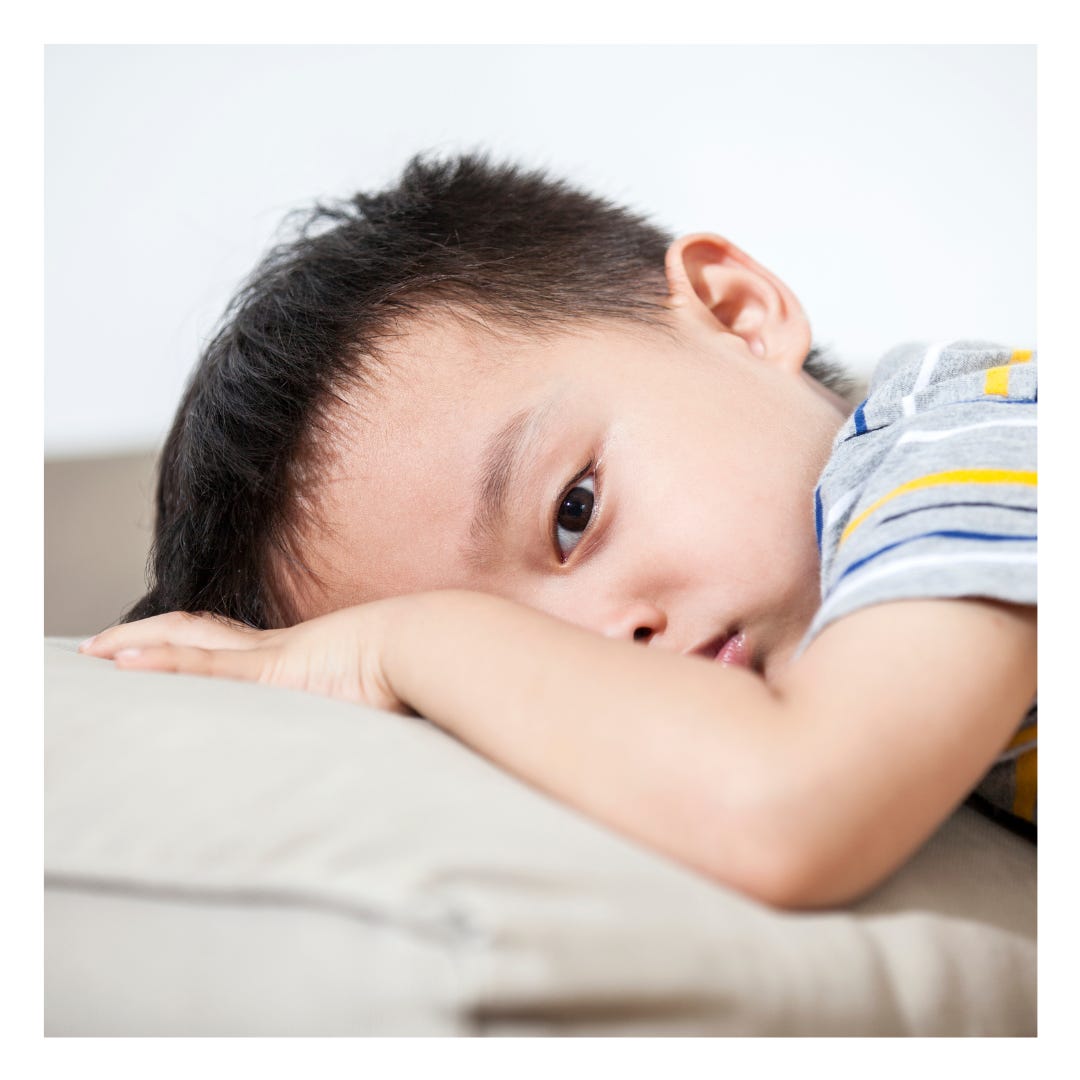
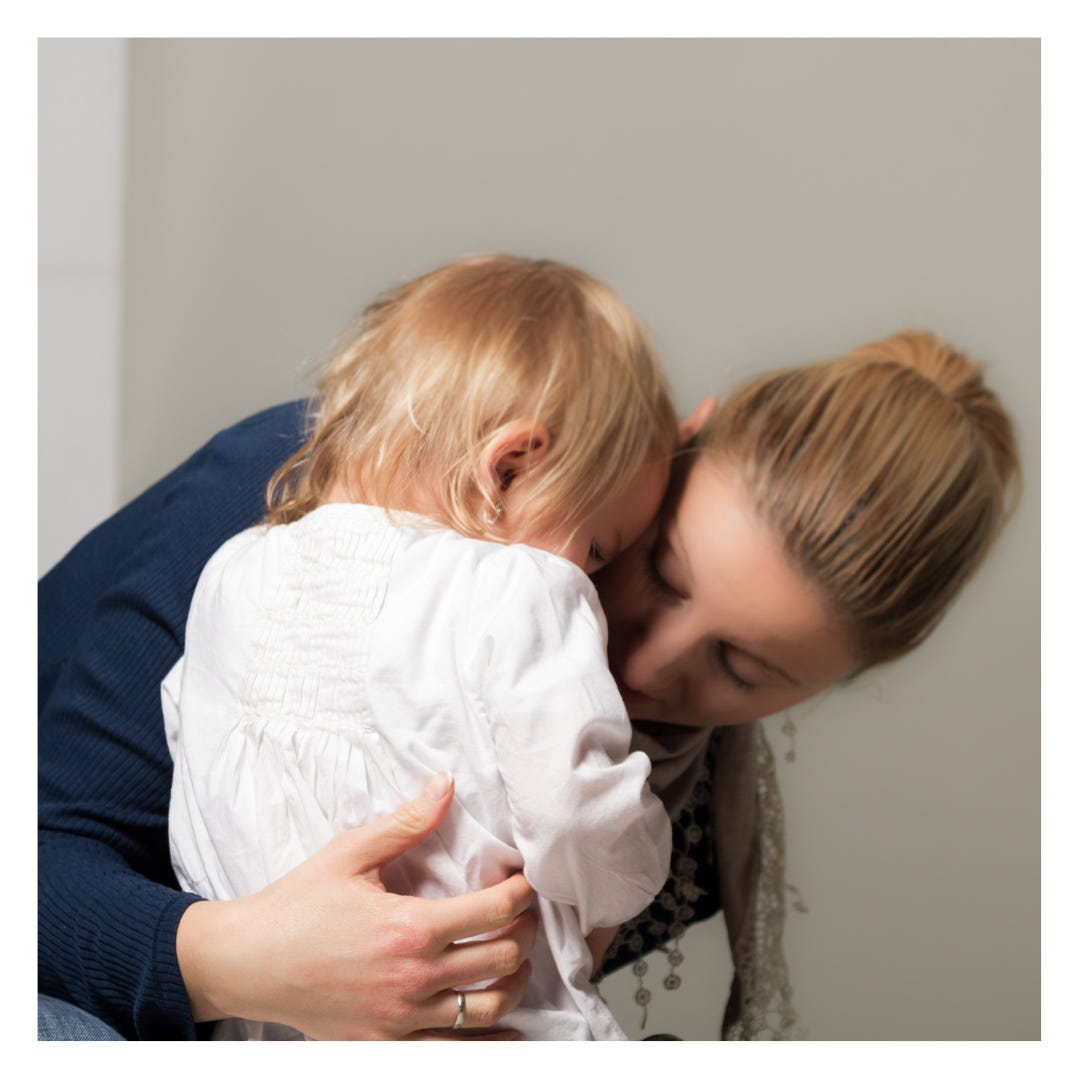
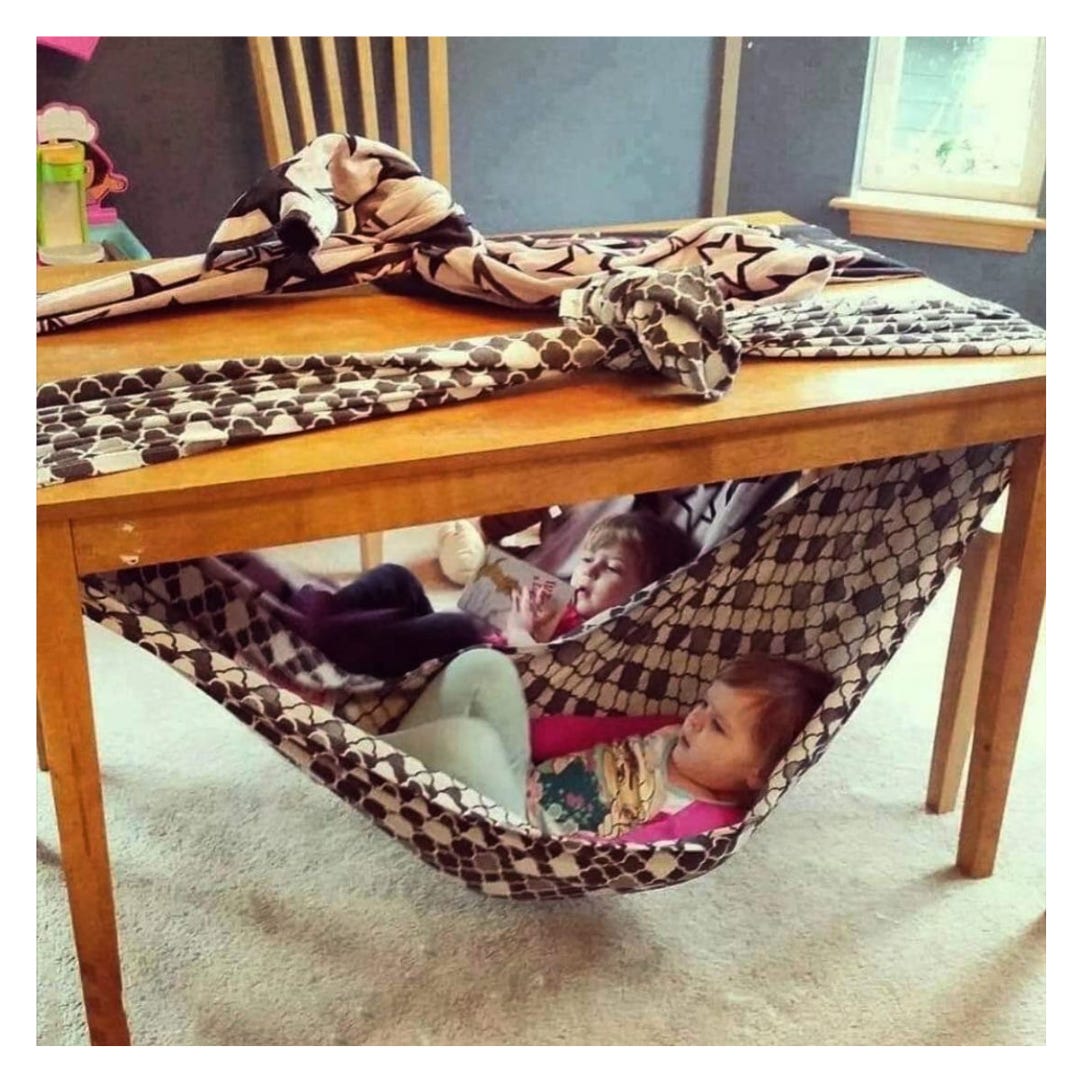
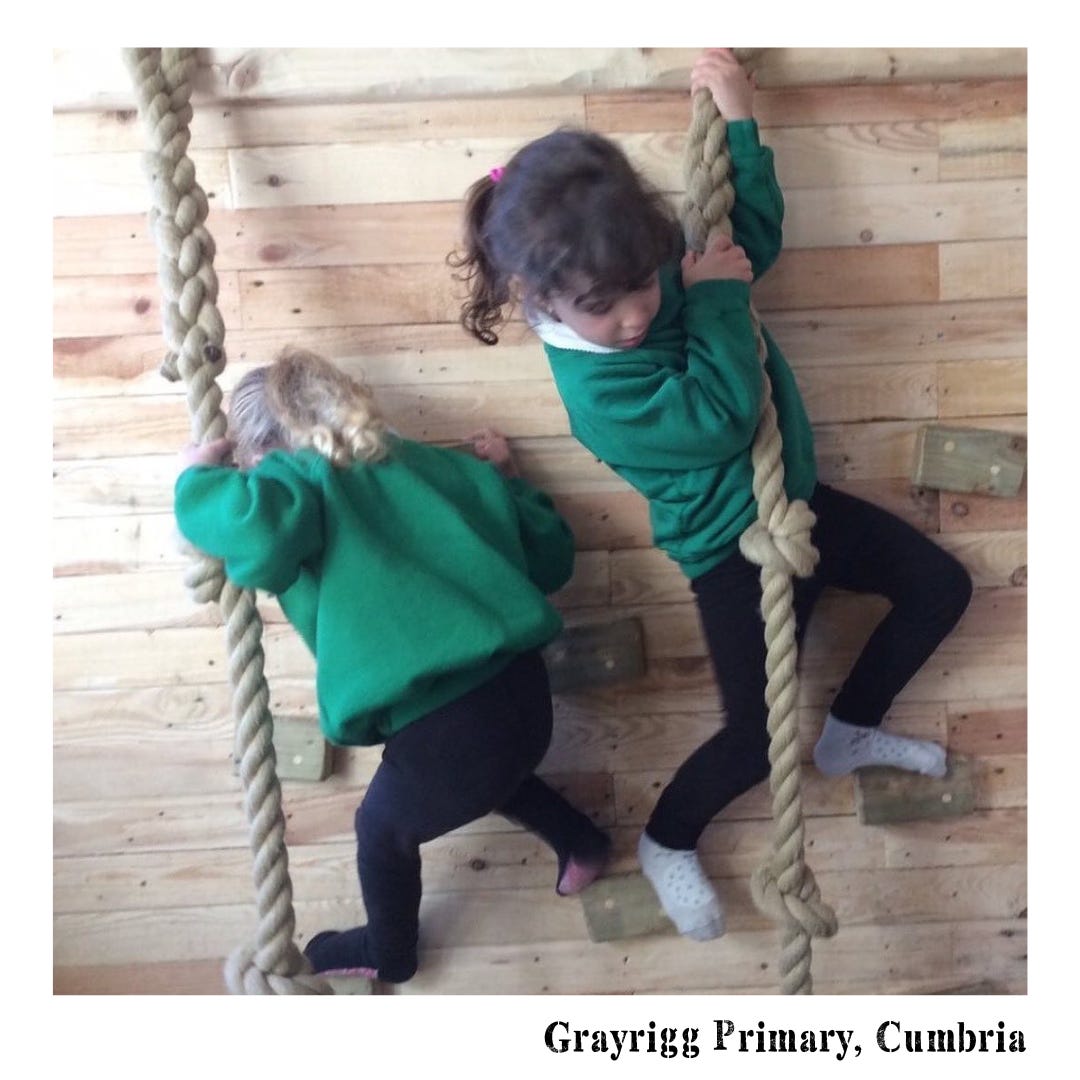
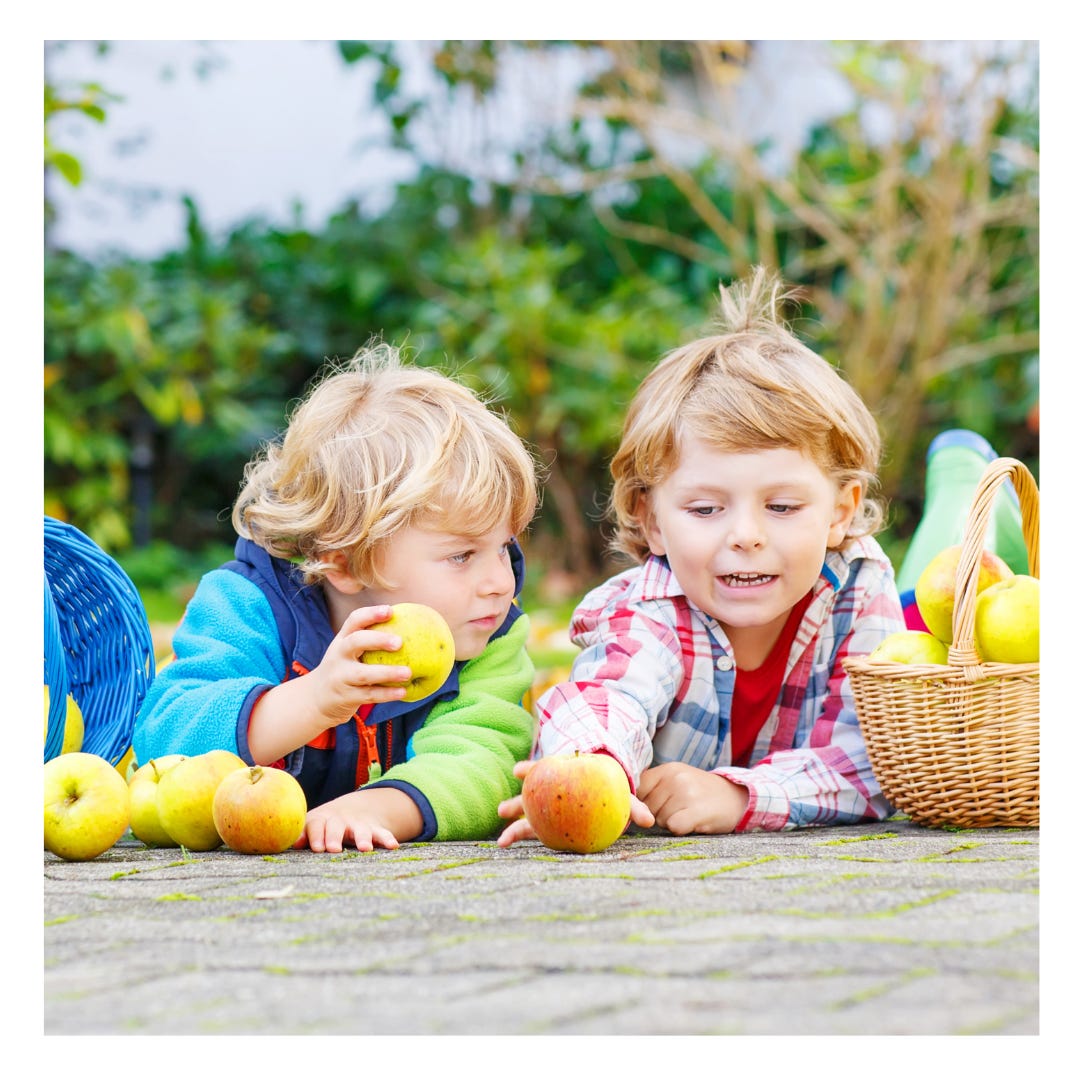
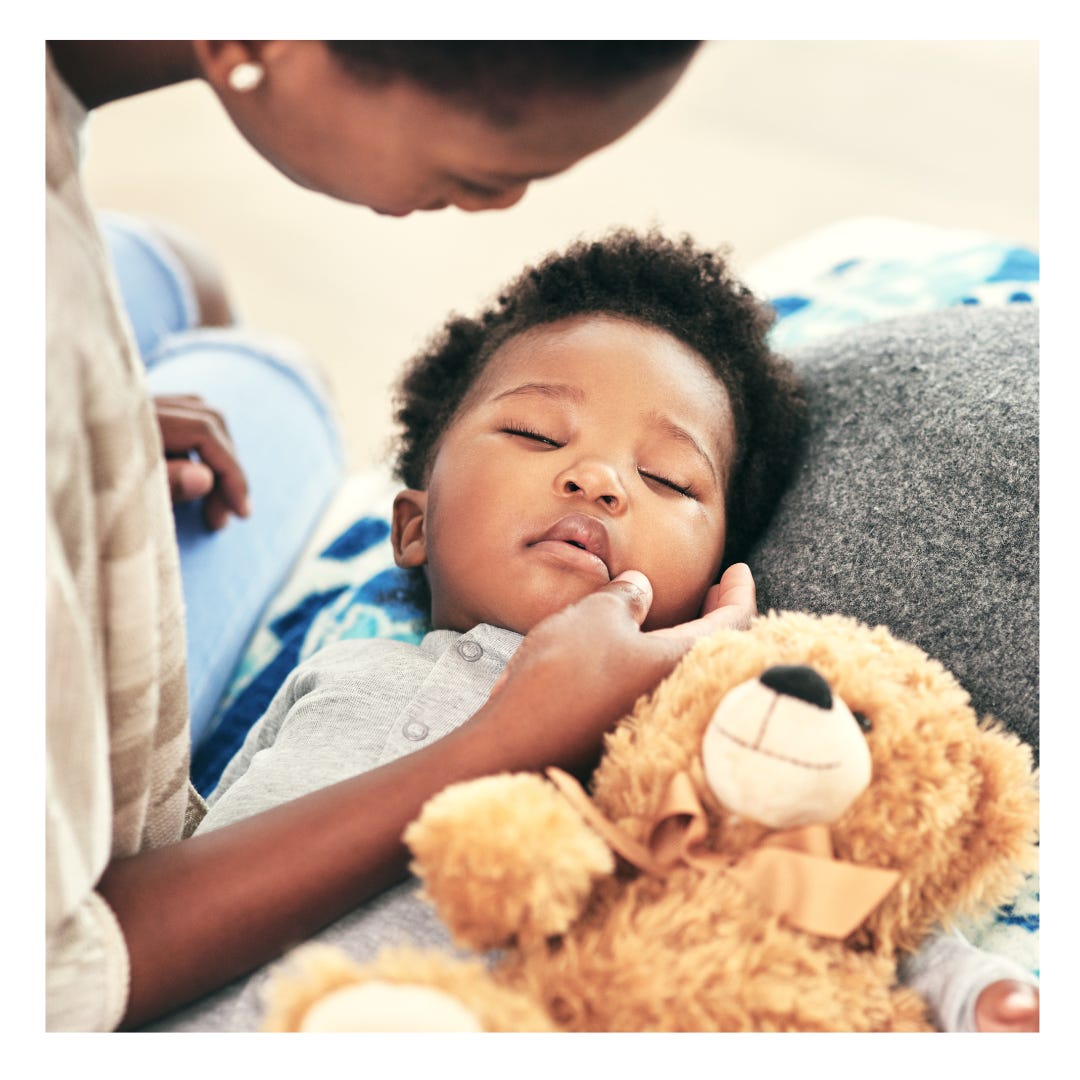

This is one of the hardest things to deal with in the setting but it is reassuring to see that your thoughts are aligned with my own on the issue.